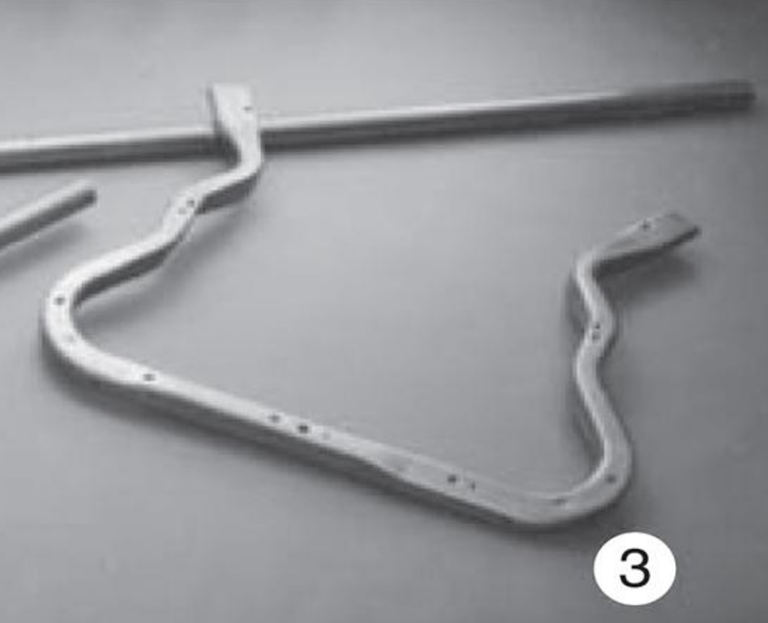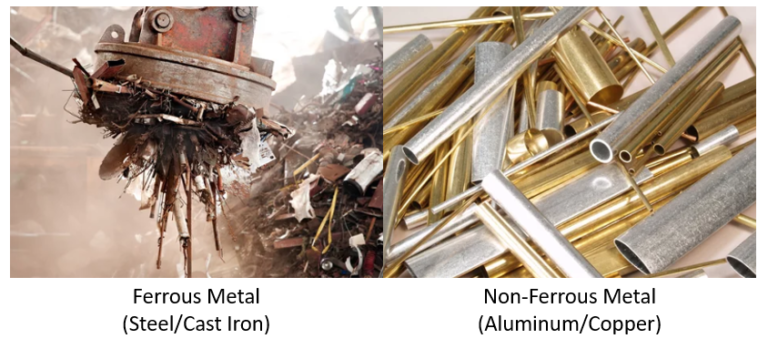Understanding Design for Assembly
Design for assembly (DFA) is a method that involves designing products while considering how easy they will be to assemble. Simplifying the number of parts in a product reduces assembly time, thus lowering assembly costs.
Characteristics of Manual Assembly
In manual assembly, operations are carried out manually, often using simple tools like screwdrivers or pliers. Individual components are transferred to the workbench either by hand or using mechanical equipment such as part feeders or transfer lines, where they are then manually assembled. This process is characterized by its flexibility and adaptability, allowing for easy adjustments and modifications. One of the key advantages of manual assembly is that the cost per product remains nearly constant, regardless of production volume. This makes it an attractive option for various production scales, especially for customization and precision.
Manual Assembly Process
The manual assembly process involves two key areas: handling and mating. Handling is the process where the operator acquires, orients, and moves the parts. The operator makes crucial decisions on how to best orient and move each part to ensure efficient assembly. On the other hand, mating is the process of insertion and fastening one part to another or to a group of parts. During mating, the operator ensures that each part is properly inserted and secured in place. The design of the parts plays a critical role in this process. Well-designed parts facilitate easier handling and mating, making the overall assembly process more efficient and effective.
Design for Assembly Best Practice
Design for Assembly (DFA) emphasizes minimizing and standardizing parts, subassemblies, and assemblies. The goal is to reduce assembly costs and time. This is done by consolidating single-function parts into multifunctional designs and integrating noncritical parts with critical ones. This approach results in improved and more efficient assemblies.
The importance of Designing for Symmetry about An axis
Designing for symmetry about an axis is crucial in assembly processes as it significantly reduces the time needed for reorientation. By creating components that fit either way around, assembly workers do not have to spend time figuring out the correct orientation, streamlining the assembly process and minimizing errors. If symmetrical design is not feasible, the alternative is to design for error-proofing with asymmetric parts. This prevents jamming by making the correct orientation obvious, ensuring that parts can only be inserted in the proper way. Both approaches enhance efficiency and reduce the potential for mistakes, ultimately improving the overall assembly process.

Additionally, it is essential to avoid features that can cause jamming or tangling of parts when they are nested or stacked on top of each other. These considerations ensure a smoother assembly process, enhance efficiency, and reduce potential mistakes, ultimately improving the overall assembly process.
The Importance of Designing for Part Handling
Designing for part handling is essential to ensure the assembly process is safe, efficient, and error-free. Key considerations include avoiding sticky, slippery, sharp, or hazardous parts, as these can pose risks to the handler and slow down the process. Additionally, parts should not be delicate, overly flexible, too small, or too large, as these can be difficult to handle and manipulate. By considering these factors, the assembly process can be streamlined, reducing the potential for accidents, damage to parts, and overall inefficiencies.

The importance of Designing for insertion and fastening
Designing for insertion and fastening is critical to ensure a smooth and efficient assembly process. The ultimate goal is to achieve easy insertion or mating of parts. This can be accomplished by incorporating features such as chamfers and tapers, which guide parts into place and facilitate alignment. Additionally, providing adequate clearances and applying generous but careful Geometric Dimensioning and Tolerancing (GD&T) help avoid jamming and ensure parts fit together seamlessly. By focusing on these design elements, the assembly process becomes faster, more reliable, and less prone to errors, resulting in higher-quality products and reduced production costs.

When it comes to the insertion of fasteners, incorporating design features like chamfers, counterbores, countersinks, and dowel pins is essential. These features help align and secure fasteners properly, further enhancing the efficiency and reliability of the assembly process. By focusing on these design elements, the assembly process becomes faster, more reliable, and less prone to errors, resulting in higher-quality products and reduced production /manufacturing costs.

Importance of Part Alignment
The importance of incorporating easy part alignment features in design cannot be overstated. Ensuring parts are positively located before securing them is crucial for achieving efficient and error-free assembly. By using a top-down or pyramid assembly approach, the need to hold parts in place to maintain orientation during subassembly manipulation is minimized. This method allows parts to be located accurately before they are released, enhancing precision and reducing the chance of misalignment.

Additionally, careful consideration should be given to the use of fasteners, as costs can escalate. Promoting the use of standard, off-the-shelf parts instead of special designs can further streamline the assembly process and reduce expenses. These design strategies ensure that parts are correctly aligned and secured, leading to a smoother, faster assembly process and higher-quality end products.
Describe similarities and differences between design for assembly and design for manufacture

Conclusion
In conclusion, understanding Design for Assembly (DFA) is essential for optimizing manufacturing processes and producing high-quality products efficiently. By focusing on the principles of DFA, such as minimizing and standardizing parts, designing for easy handling, insertion, and fastening, and incorporating features that facilitate alignment, manufacturers can significantly reduce assembly time and costs.
DFA not only enhances the assembly process by making it more streamlined and less error-prone but also improves the overall product quality and reliability. By adopting DFA principles and promoting the use of standard components, companies can achieve greater efficiency, reduce production expenses, and ultimately deliver better value to their customers. Embracing DFA is a strategic approach that leads to more innovative, cost-effective, and robust manufacturing solutions.






